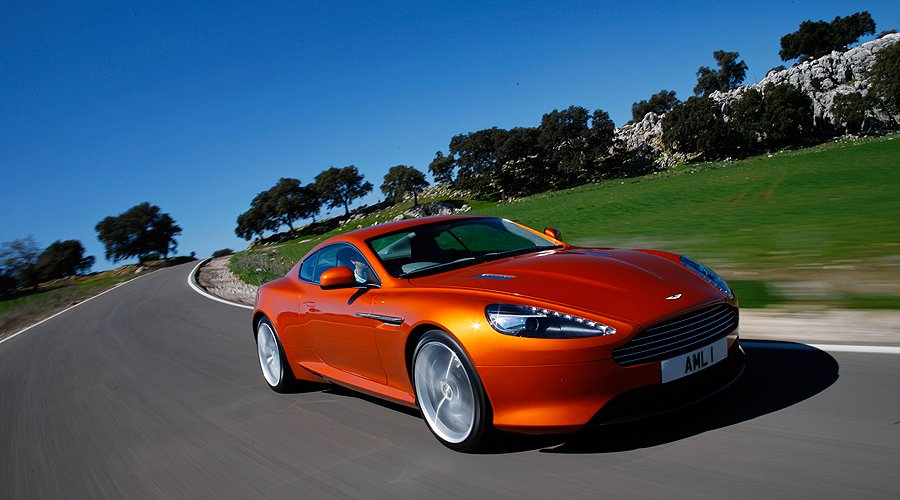
‘Virage’: a curve in the road, or ‘bend’ in French. Aston’s latest car to bear this name steers a similarly tight line between its flagship, performance-focused DBS and the only recently updated DB9.
The result is a finely balanced GT in the best tradition of the marque.
With the new Virage, the devil is certainly in the detail. Marek Reichman, Director of Design for Aston Martin, describes the new car as one “you have to touch”, and the many all-new panels for the car warrant a lingering caress to discover nuances of styling not immediately apparent on first glance.
The front wings now have a sharper top-profile, and incorporate the Rapide’s single bi-xenon headlamp unit. It suggests the ‘gothic arch’ treatment of the 1950s DB3S. The five-vane grille and a front spoiler with pronounced aerodynamic ‘moustaches’ give the car a raffish demeanour. If the press and marketing departments want to play the ‘if the XXX is a broadsword, then YYY is a cutlass’ game, let’s call the Virage a ‘rapier’, with its D’Artagnan-like lower ‘whiskers’.
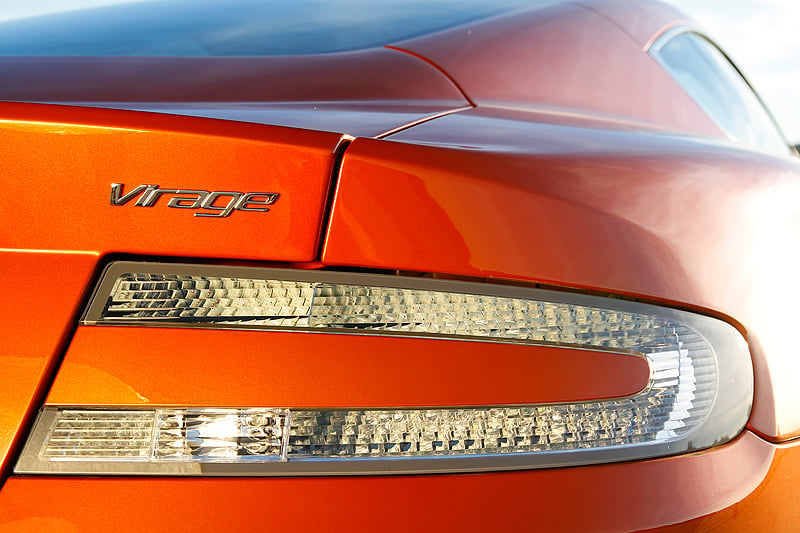
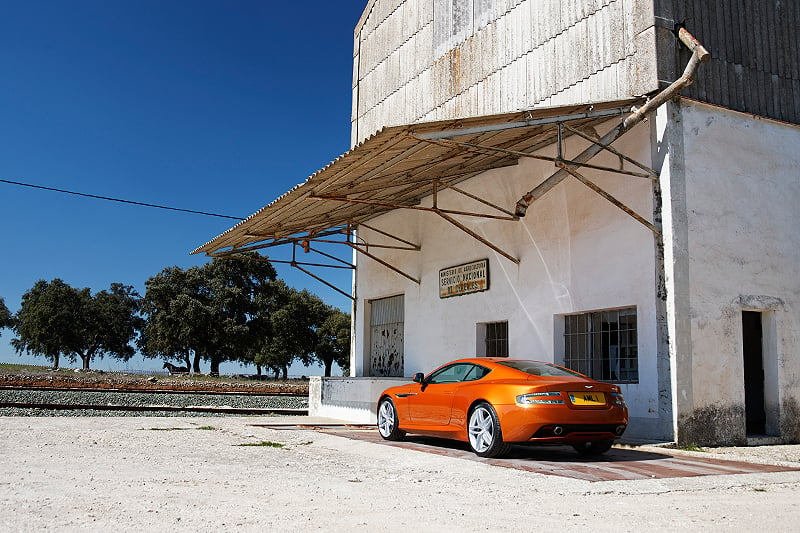
At the rear, the arches have been filled out and the Virage’s width swells to 1904mm (DB9 1875mm, DBS 1905mm). The frontal treatment, coupled with the more muscular, subtle lines at the back make for a ‘pointier’, seemingly more streamlined look.
Inside, new seat stitching, (real) glass buttons and new-for-Virage Garmin satellite navigation greet the Virage driver. Hooray!, I expect many of you will say, with regard to the sat-nav, and the system is bound to find its way through to the rest of the range.
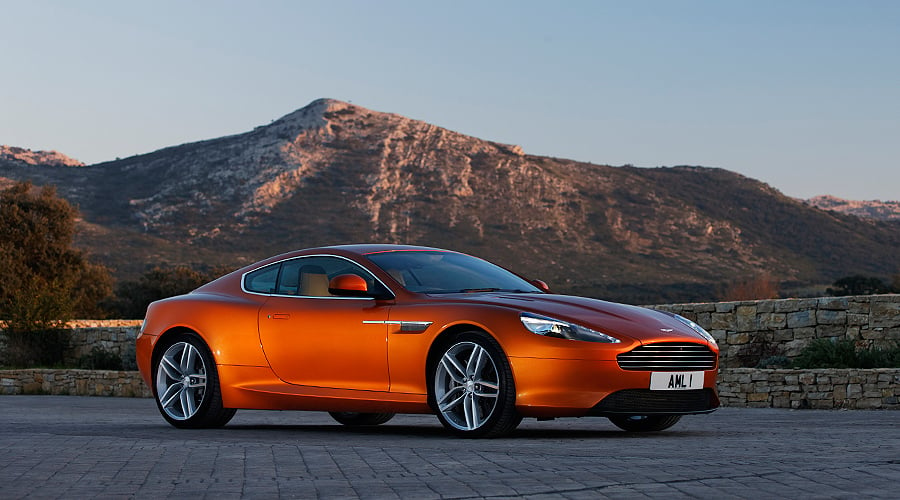
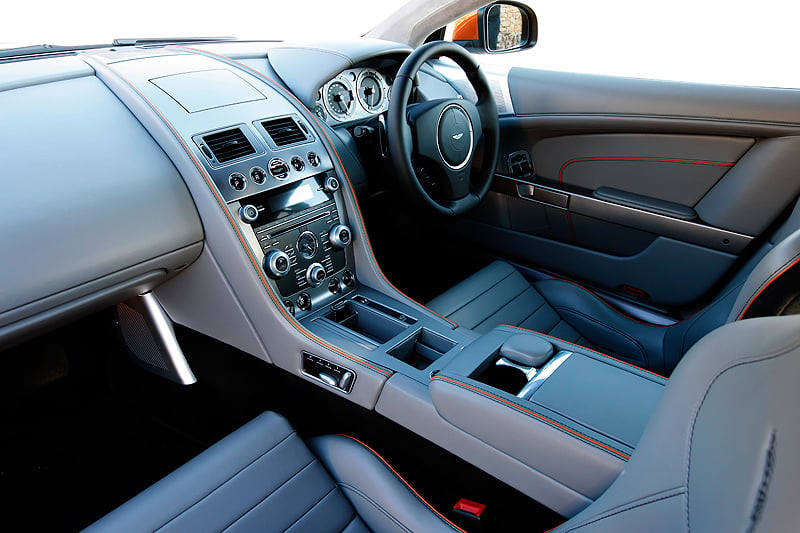
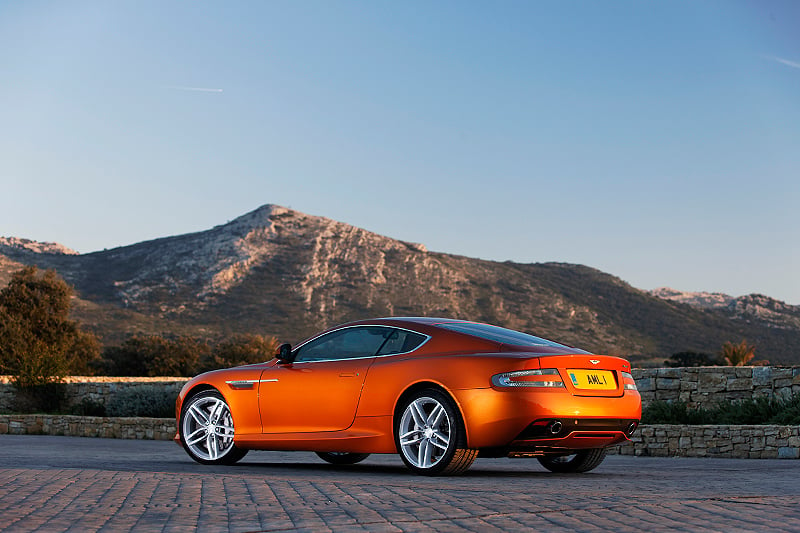
On the test route of the new car's Spanish launch, we had the map running in the background and the glossy, 6.5in high-resolution display certainly appeared an improvement on before – but don’t expect a re-invention of the wheel. “It does what it says on the tin,” stated Ian Minards, Aston Martin’s Director of Product Development. Not only do its looks and performance better the existing, Volvo-based system, its integration into the dash is better presented, too.
Dynamically, the Virage – again – sits between the DB9 and the DBS. If the DB9 totes 470bhp, and the DBS 510bhp, how does 490bhp for the Virage sound to you? Pretty good, actually. And aurally, the Gaydon engineers have come up with a smoother, more refined soundtrack for the new car. It’s grown-up; no less exciting, just a little subtler, more sophisticated than ever.
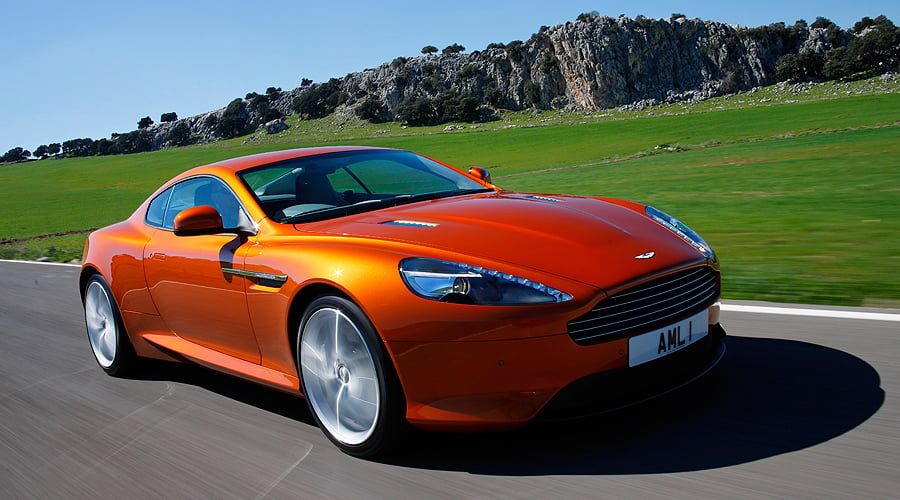
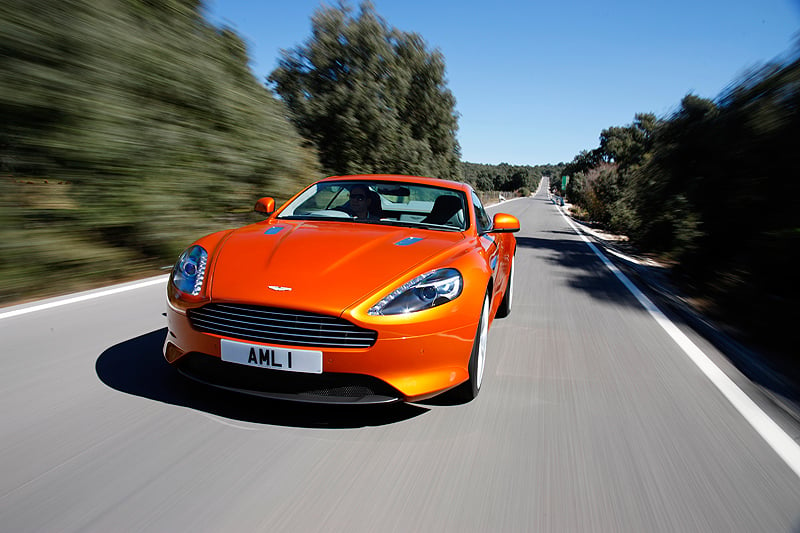
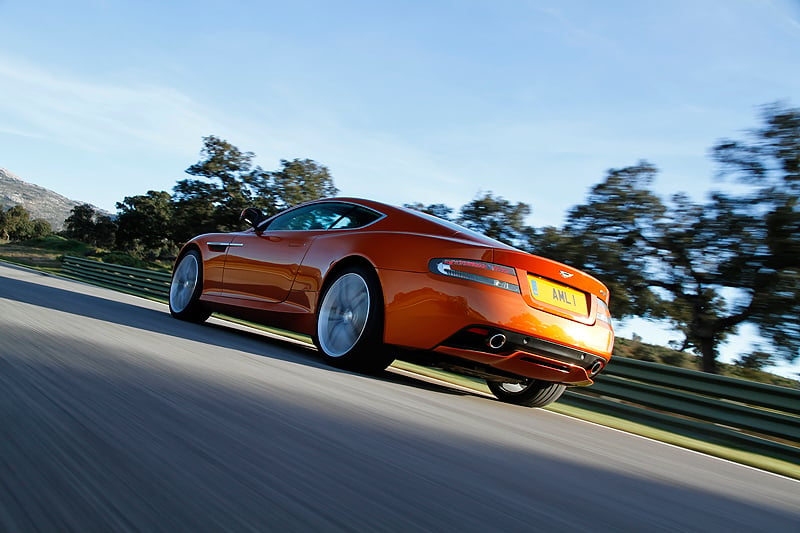
Plus the detailed improvements to NVH (noise, vibration and harshness), principally achieved via solidly mounted front sub-frames, and front and rear shear panels, really made themselves apparent on the uneven Spanish roads. There’s little creaking or thumping; it’s all very solid-feeling.
On those roads, in the hilly country around Ronda just north of Marbella, all the small engineering revisions plus the slight increase in power and – significantly – a lowered final-drive ratio (it’s now the automatic DBS’s 3.46:1 against the DB9’s 3.154:1) mean the car feels nimbler, more purposeful at real world speeds and beyond.
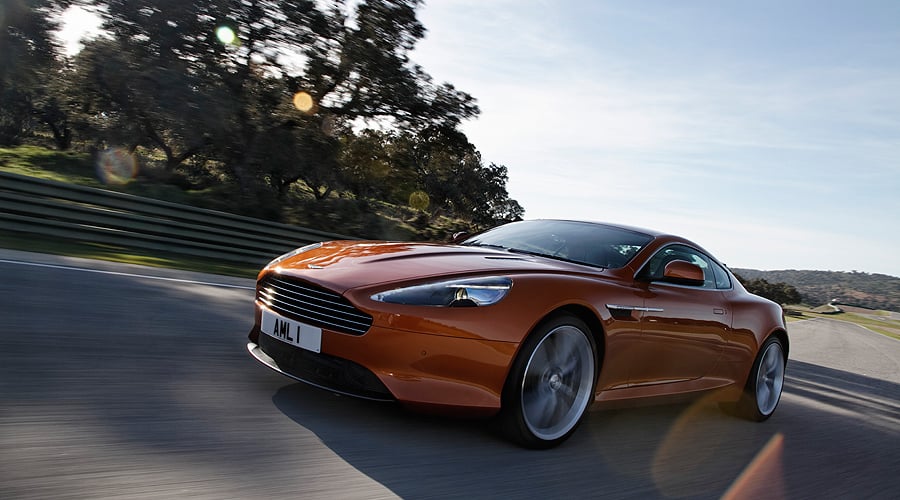
Selecting ‘Sport’ via the new glass button on the dash livens up the throttle response and gearchanges, allowing high revs to be held without the tried-and-tested ZF six-speed automatically shifting up. There is no manual option but, although I’m a big fan of all-too-rare stick-shift DB9s, by using the paddles to the full you can make colossally fast forward progress in the Virage.
Minards confirmed that, in co-operation with ZF, the Touchtronic shift has been constantly improved. In the Virage you can certainly feel the results.
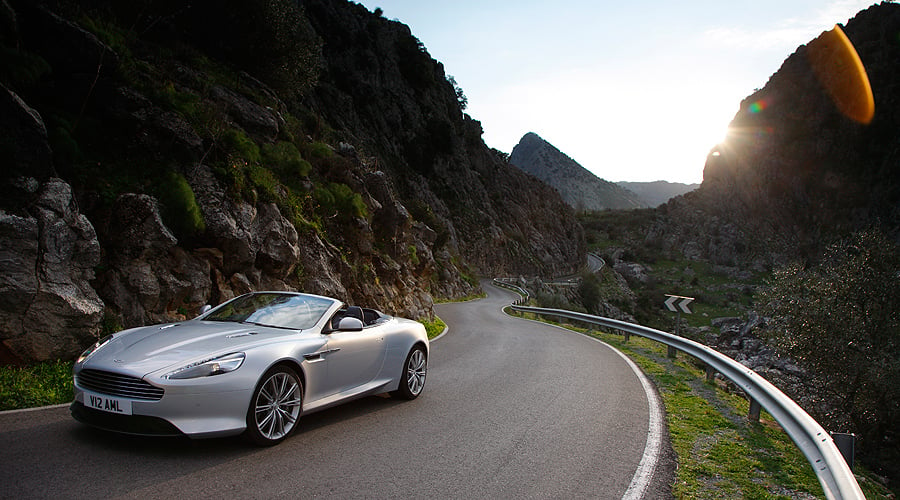
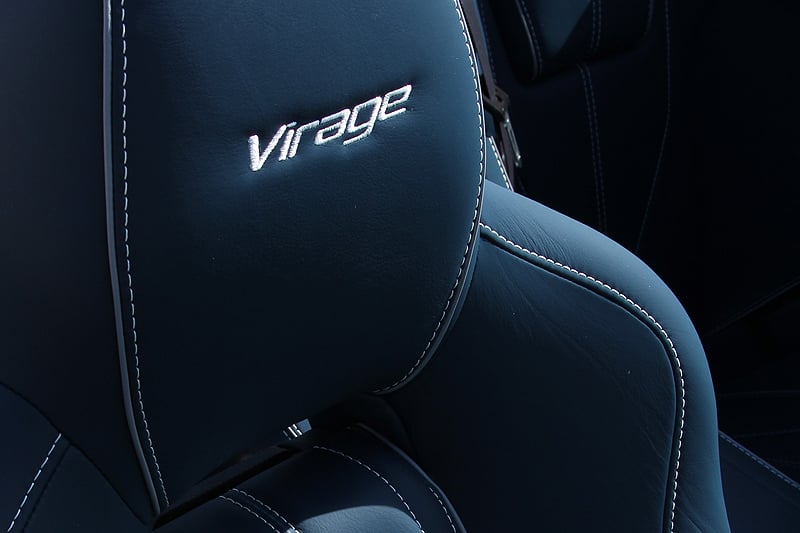
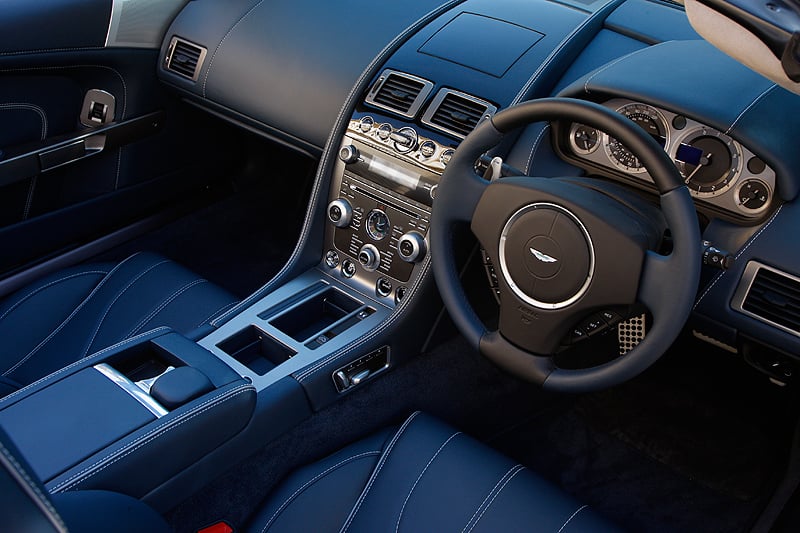
As with the gearbox, the newly developed Adaptive Damping System (ADS) defaults to ‘Normal’ but can be easily switched into ‘Sport’. In either setting, the five-position dampers are said to ‘read’ the road, providing the optimum handling/ride balance. This sort of thing is very dependent on road conditions – we tended to leave things as they were, ‘Sport’ being a touch severe for the conditions that day (but quite possibly perfect for smoother Tarmac).
Powerful stopping power for the Virage comes courtesy of as-standard Carbon Ceramic Matrix (CCM) brakes, the same fitted to the DBS and V12 Vantage. There’s not much to say on these other than the rate of retardation, feel and – one would image, we certainly never had any problems with fade – staying power of the system is magnificent.
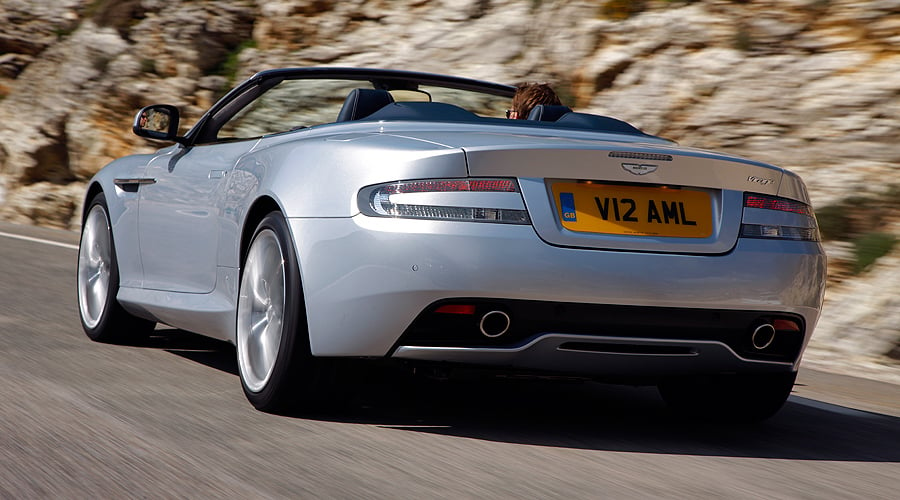
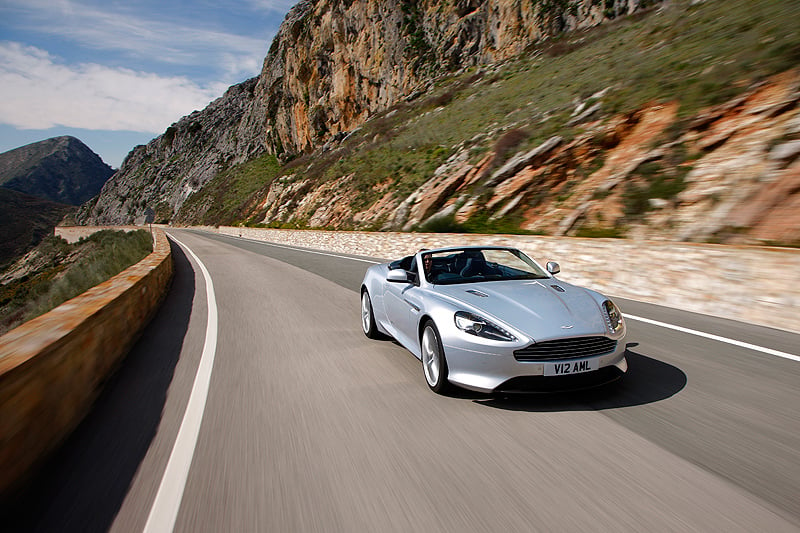
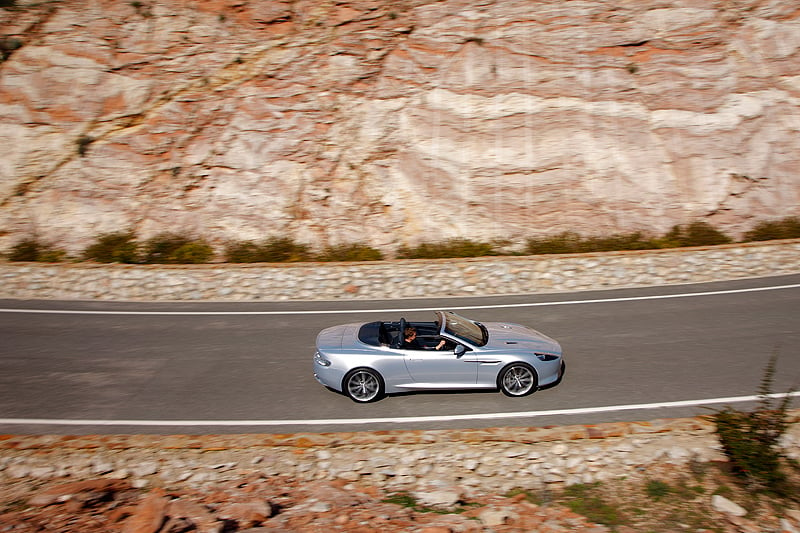
On arrival at the Ascari circuit, Aston’s base for the Virage and V8 Vantage S launch, many journalists were scratching their heads, compartmentalising the new cars as only mildly modified variations on an existing theme.
A day later, after 350km of hard driving over twisting Spanish roads, the virtues of the new car emerged. Aston Martin themselves can answer the question of “whether this should be the 2011-spec DB9”.
For this writer, though, the introduction of the Virage has made the company’s model range a simpler, rather than more complicated one: for a four-door buy a Rapide, for a 2+2 settle for no less – and certainly no more – than a Virage. It’s the best ‘DB9’ yet.
Postscript: The Virage is available as a coupé (at an estimated price in the UK of £150,000) and a Volante (Aston-speak for a circa £160,000 convertible). While the bulk of the road work was accomplished in the coupé, I took a Volante for a solo, 50km round trip – and was terrifically impressed.
Quiet and snug hood-up, or bluster-free at motorway speeds, it felt every bit as good as the manual DBS Volante driven a year or so ago, so do try one – if open-air Aston-ing is your scene, you’ll like it.
Text: Steve Wakefield
Photos: Aston Martin
ClassicInside - The Classic Driver Newsletter
Free Subscription!
















